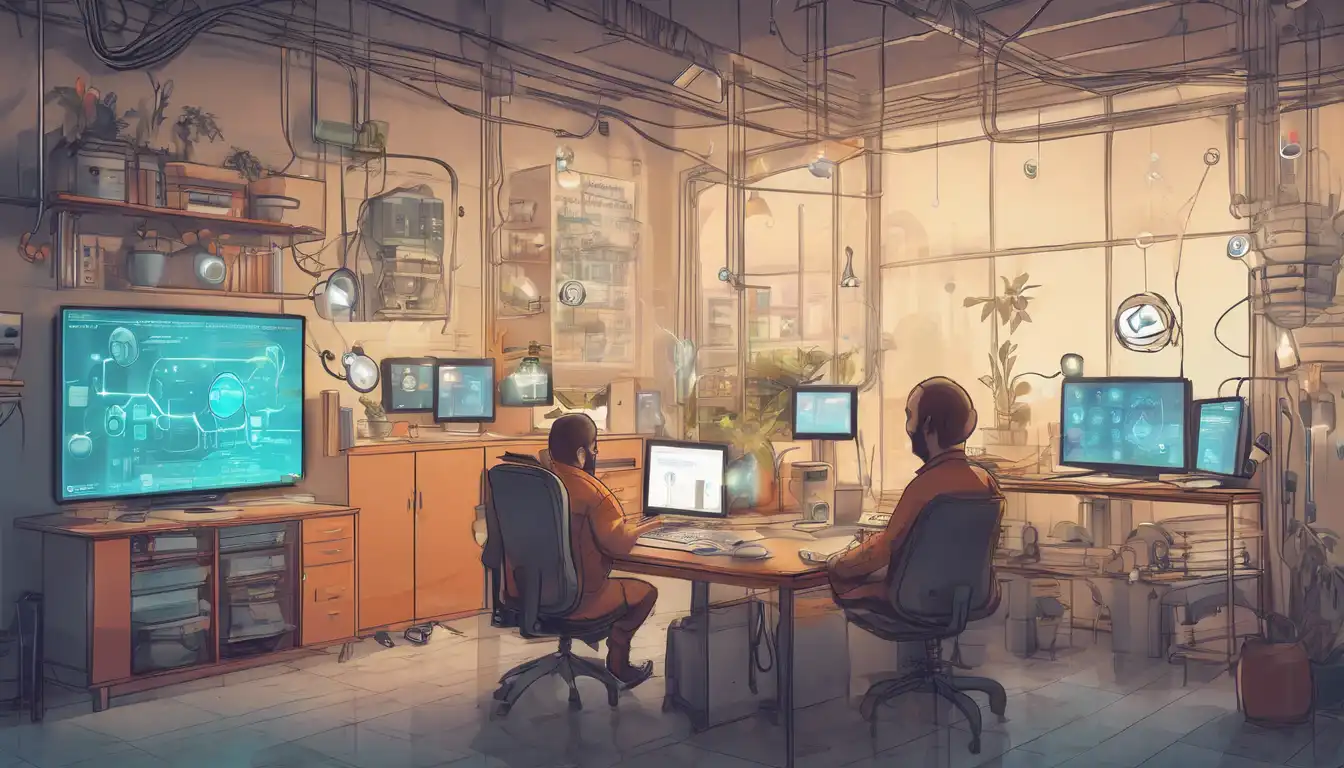Introduction to IoT Development
The Internet of Things (IoT) is revolutionizing how we interact with the world around us. From smart homes to industrial automation, IoT development is at the heart of this transformation. This guide is designed to help beginners take their first steps into the world of IoT development, offering insights into the tools, technologies, and best practices needed to get started.
Understanding IoT
IoT refers to the network of physical devices connected to the internet, collecting and sharing data. These devices range from ordinary household items like refrigerators and thermostats to sophisticated industrial tools. The key to IoT is the seamless communication between devices, enabling automation and smarter decision-making.
Getting Started with IoT Development
Embarking on IoT development requires a blend of hardware and software skills. Here’s how you can begin:
- Learn the Basics: Familiarize yourself with the fundamentals of electronics and programming. Languages like Python and JavaScript are widely used in IoT projects.
- Choose the Right Hardware: Start with development boards like Arduino or Raspberry Pi, which are beginner-friendly and have a vast community support.
- Explore IoT Platforms: Platforms such as AWS IoT and Google Cloud IoT offer tools and services to build, deploy, and manage IoT applications.
- Work on Projects: Apply your knowledge by working on small projects. This could be as simple as a temperature monitoring system or a smart light controller.
Tools and Technologies for IoT Development
To develop IoT solutions, you’ll need a set of tools and technologies:
- Development Boards: Arduino, Raspberry Pi, and ESP8266 are popular choices for prototyping.
- Programming Languages: Python, C++, and JavaScript are commonly used for IoT development.
- IoT Protocols: MQTT, CoAP, and HTTP are protocols that facilitate communication between devices.
- Cloud Platforms: Utilize cloud services for data storage, processing, and analytics.
Challenges in IoT Development
While IoT offers immense opportunities, developers face several challenges:
- Security: Ensuring the security of IoT devices and data is paramount.
- Interoperability: Devices from different manufacturers need to work together seamlessly.
- Scalability: IoT solutions must be scalable to accommodate growing numbers of devices.
Future of IoT Development
The future of IoT is bright, with advancements in AI and machine learning further enhancing IoT applications. As technology evolves, the possibilities for IoT development are limitless, offering developers the chance to innovate and create solutions that make a real difference.
For those interested in diving deeper into IoT, exploring IoT platforms and programming languages can provide a solid foundation for your development journey.
IoT development is an exciting field that combines creativity with technology. By starting with the basics and gradually building your skills, you can become part of the IoT revolution, creating solutions that connect and improve our world.
